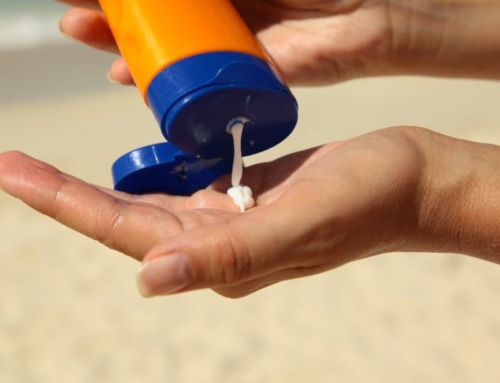Cholesterol is a key ingredient for cell membrane integrity, a key component of all the sex hormones (estrogen, progesterone, testosterone) as well as the steroid production. Our natural steroids are responsible for a wide range of physiologic processes including carbohydrate metabolism, regulation of inflammation, muscle building, our stress response as well as our immune response. As important as cholesterol is, excess cholesterol becomes a problem and increases risks of forming plaque leading to heart disease, peripheral vascular disease and strokes. The old panel of lipids looking at only total cholesterol, HDL, triglycerides and LDL is just the tip of the iceberg and if you really want to understand your risk of developing plaque then you have to look below the surface. One of these not often measured markers is a protein called Apolipoprotein B-100 (ApoB). READ ON to learn how this marker might just be more important than your LDL marker as a predictor of atherosclerosis and therefore risk of heart disease…..
Cholesterol cannot dissolve in the blood and must be carried by transporters called lipoproteins. Each lipid (LDL and VLDL) attaches to one ApoB molecule to transport them throughout the blood. Our cells have receptors for the apoproteins and when docked with these receptors it promotes uptake of cholesterol into the cells. There is another ApoB molecule called apoB-48 which is associated with chylomicrons. The apoB-100 lipoproteins remain the in the blood a lot longer which is why we only measure the apoB-100s and their lipid constituents LDL and VLDL rather than chylomicrons. They are all atherogenic though.
Many people may have decent LDL-C numbers but when you look at ApoB it is markedly elevated. ApoB is more reflective of the amount of small, dense LDL particles which have more atherosclerotic potential. This translates into higher cardiovascular risk. There was a really nice long-term study evaluating young individuals measuring ApoB and LDL and then followed them for 25 years. They discovered the individuals who had elevated ApoB when they were young had higher incidence of coronary calcium (plaque in their hearts) in their midlife independent of other traditional atherosclerotic markers like LDL.
Medications and interventions lowering the amount of ApoB decreases the amount of cholesterol that can be transported therefore decreasing the amount of cholesterol available to be uploaded into a cell. This is one of the mechanisms statin medications help lower cholesterol. Cleaning up your diet removing processed foods, decreases fructose intake, increasing fish oil and fiber are all natural ways to downregulate ApoB.
If you have heart disease that runs in the family, especially if someone has had heart disease at a younger age (less than 60 years of age) then ask for the ApoB test and start lowering your LDL’s now!
To your health,
Laura









